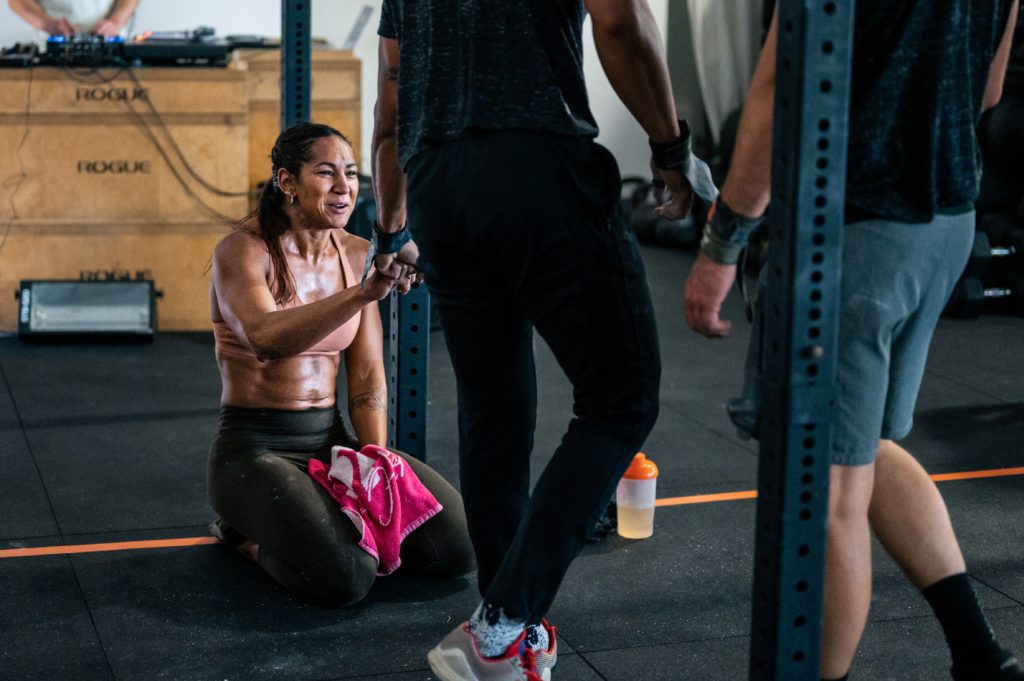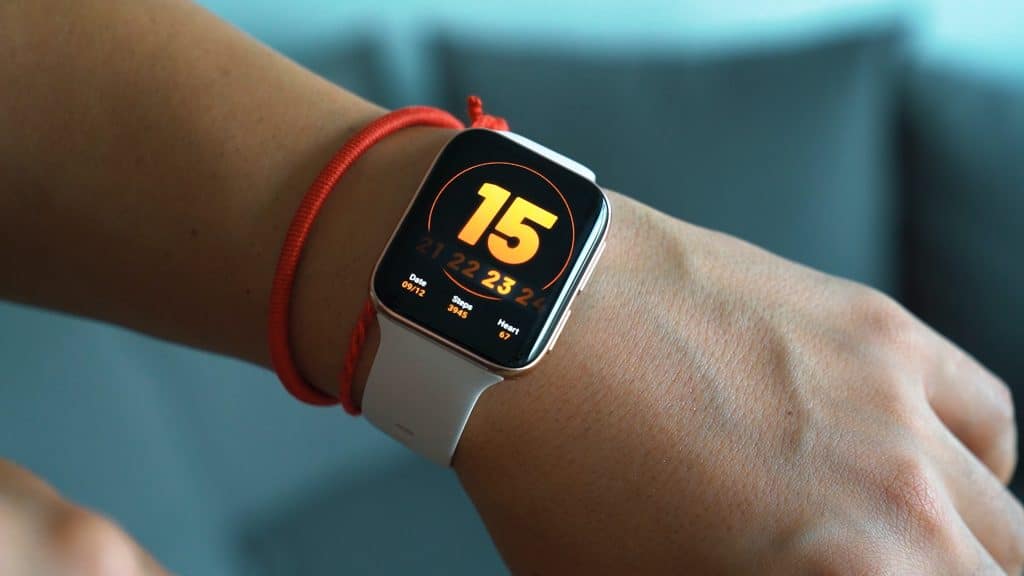Track Your Workouts
How And Why You Should Track Rest Between Sets
Keeping track of the time you rest between sets is like flossing your teeth. Both are good for us and don’t take much time or effort. But for some reason, we often neglect doing either of them regularly.
There’s a few reasons why tracking rest periods between sets is ignored. One is that it seems like a hassle to check your watch or phone when you’re hyperventilating and muscles are burning to enter how long you’re resting.
Since the numbers don’t appear to be as important as the weight you lifted or reps you did in your workout tracker maybe it’s easier to blow off as insignificant.
Regardless of the reason, it’s time to change. Tracking your rest breaks when you lift weights is very helpful. It can help you lift more weight, do more reps, as well as lose fat and build muscle.
After reading this article you’ll know exactly why you should track your rest between sets and how to do it without feeling hassled.
“The rest interval between sets is an important variable that should receive more attention in resistance exercise prescription.” Dr. Belmiro Freitas de Salles.
Sports Medicine
Why You Should Track How Long You Rest Between Sets
To make sure your resting enough for the way you’re training
The amount of time you rest between sets is based on your goals. Generally speaking, if your goal is to get stronger, rest longer. When you want to build muscle, less rest is required. Working out for endurance requires the least amount of time between each set.
Here’s a guideline for how long you should rest between sets based on research from the National Strength And Conditioning Association. Remember that your fitness levels, how intensely you’re lifting weights, etc. will play a factor in how much rest you really need, these are just guidelines. Your plan should be to rest long enough to be able to hit your goals for reps each set.
If your goal is to:
- Build muscle – rest for 60 seconds
- Get stronger – rest for 3 minutes
- Increase endurance – rest between 30 – 90 seconds
“In general, the heavier the weight, the longer your rest periods should be. Similarly, the more repetitions you do per set, the shorter your rest should be.” Alex Robles, MD, CPT & Brittany Robles, MD, CPT – White Coat Trainer
It’s a great way to stay focused on your workout
When you do it right, the time you spend resting between sets is a great way to stay focused to keep your performance up throughout your workout. This means taking this time to do whatever it takes to hype yourself up to put 100% into the next set. Whether it’s talking positively yourself or visualizing doing the exercise perfectly it’s a good time to do so.
What you probably don’t want to do is walk around, socialize, watch TV, or flirt with the girl or guy on the elliptical machine. Don’t worry, Carla and Mike will still be there when you’re done.
How’s this related to tracking your time? Keeping track of it by watching your watch or phone between sets keeps this focus high and prevents you from veering off course and hanging out drinking a protein shake instead of working out.
You’ll to learn what works best for you.
The guidelines I list above for rest periods are just that. While they’re likely to be helpful and they may not be the best for you.
Recording them in your weight training log will help you learn just how much rest works best for you. You may find that you need 5 minutes between sets when you’re training with heavy weights and 30 seconds works best for you to build muscle.
“How much time you rest between sets is one of the more important variables yet is often overlooked.” Jeremy Ethier – Builtwithscience

How to track your rest between sets
When I first started lifting weights in high school, the best way to track rest between sets was with my watch, or the big clock on the wall that made me feel like I was stuck in detention after school.
Both of these work okay but they didn’t have the benefits of what’s available today. If you’re still using them, that’s cool. It’ll work okay. But there are much more convenient and accurate options available.
Here are options I think are best.
- An Apple watch. I like to use this because it’s conveniently on my wrist, the display is easy to read, and it’ll notify me with either a beep or vibration to let me know my rest is over. I use the countdown timer app that comes with the watch.
- Your Phone. Same as the Apple watch but maybe not as convenient. I like the countdown timer on the stopwatch app. Just like the watch.
- A workout tracker. Write down how long you want to rest between every sets when you plan your workout. If the amount of time differs significantly, let’s say by 30 seconds change to how long you actually rested.
Then review your workout log every week or at least once a month to compare your rest periods to the number of reps and weight you’re able to do/lift at your workouts. If you find yourself consistently not able to hit your target reps/weight you may have to rest a little more. On the other hand, if you are exceeding your rep/weight goals you may want to try resting a little less. Especially if you also want to improve your overall fitness.
Don’t forget to track how long you rest between exercises too
You should also time yourself between each exercise you’re doing and record this in your tracker. Again, how long you’re resting between every exercise depends on your goals.
Generally speaking 2-3 minutes is usually enough to recover and be prepared for your next exercise when you want to get stronger and/or build muscle.
When you’re doing a circuit or other high intensity workout, i.e. HIIT, EMOM, AMRAP, etc. your rest periods between exercises is going to be as little as possible.
Give yourself an edge and track your rest periods
When you do it consistently you’ll soon see that your workouts are better and that you’re hitting heavier weights and doing more reps at every workout. Without making any other changes.
References
de Salles BF, Simão R, Miranda F, Novaes Jda S, Lemos A, Willardson JM. Rest interval between sets in strength training. Sports Med. 2009;39(9):765-77.
Willardson, Jeffrey M PhD, CSCS. A Brief Review: How Much Rest between Sets?. Strength and Conditioning Journal 30(3):p 44-50, June 2008.

